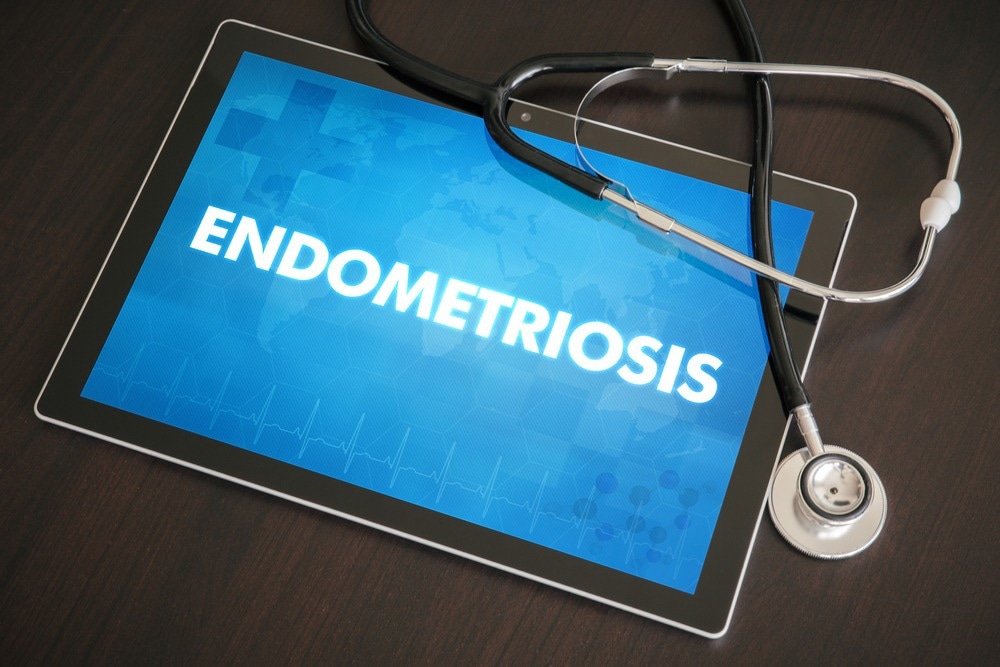In a recent study published in the Journal of American Medical Association (JAMA) Network Open, researchers found an association between male hypogonadism and hospitalization risk for coronavirus disease 2019 (COVID-19).
 Study: Association of Male Hypogonadism With Risk of Hospitalization for COVID-19. Image Credit: ibreakstock/Shutterstock
Study: Association of Male Hypogonadism With Risk of Hospitalization for COVID-19. Image Credit: ibreakstock/Shutterstock
Background
Epidemiologic studies have uncovered several characteristics linked to adverse COVID-19 outcomes, including obesity, diabetes, advanced age, hypertension, and cerebrovascular and cardiovascular diseases, among others. Moreover, male COVID-19 patients are more likely to be hospitalized than females. Hence, testosterone has been presumed a risk factor for severe disease. However, testosterone levels are not the same among males and decline by 1% or 2% each year after 30 years of life.
Additionally, metabolic syndrome, obesity, and chronic diseases are associated with lower testosterone levels. Therefore, advanced age and comorbidities, the known risk factors for COVID-19-induced hospitalization, are linked to hypogonadism, raising speculations that hypogonadism is also a risk factor for COVID-19-associated hospitalization among males.
About the study
In the present study, researchers investigated the association of male hypogonadism with COVID-19 hospitalization risk. Electronic health records (EHRs) were reviewed to identify adult males with a history of COVID-19 with at least one measurement of testosterone levels. If multiple measurements were available, those collected before COVID-19 in an outpatient setting and temporally closer to COVID-19 diagnosis were selected.
Patients were excluded if hormone levels were measured less than one month before COVID-19 or only at the time of acute illness. The researchers obtained data on demographics, comorbidities, COVID-19 hospitalization, and receipt of testosterone therapy (TTh). TTh patients were included if they had been receiving the treatment for a minimum of six months before COVID-19 diagnosis.
The team collected data on the hospitalization duration, intensive care unit (ICU) or ventilator requirement, and the duration of ventilation. Hormone levels were measured using immunoassays or the standard liquid chromatography-tandem mass spectrometric method in commercial labs. The lower limit for normal testosterone levels varied across labs from 175 ng/dL to 300 ng/dL, and the upper limit ranged between 716 ng/dL and 1100 ng/dL.
Hypogonadism was defined as a testosterone concentration below the lower limit of normal levels. The primary outcome of the study was COVID-19 hospitalization. Statistical adjustments were made for differences in age, race/ethnicity, body mass index (BMI), immunosuppression, and comorbidities.
Findings
The final analytic sample comprised 723 eligible males after exclusions. The mean age of participants was 55 years, with a mean BMI of 33.5. There were 116 patients with hypogonadism, 180 had been on TTh, and 427 had eugonadism. Pre-COVID-19 testosterone measurements were performed in 525 patients. The median time between hormone measurement and COVID-19 diagnosis was seven months.
Testosterone levels were measured after COVID-19 recovery for the remaining patients, with a median interval of six months between COVID-19 and hormone measurements. Overall, 134 patients required hospitalization due to COVID-19. Hospitalized patients were older, more likely to be immunosuppressed, and had multiple comorbidities than non-hospitalized patients. Patients with hypogonadism had greater odds of hospital admission than those with eugonadism.
A similar hospitalization risk was noted between males with eugonadism and those receiving TTh. The risk for ICU admissions was higher among patients with hypogonadism than those with eugonadism; however, the risk of ventilation and mortality was similar between these two cohorts. No differences were found in the median time spent in hospital, ICU, or on ventilator among patients with hypogonadism, eugonadism, and those receiving TTh.
After adjusting for differences, males with hypogonadism were 2.4-fold more likely to be hospitalized for COVID-19 than those with eugonadism. Males receiving TTh had a similar hospitalization risk as those with eugonadism. The hospitalization rates increased if testosterone levels were below 200 ng/dL. The median testosterone concentration of 32 males on androgen deprivation therapy was 3.5 ng/dL. Of these, 18 were hospitalized during COVID-19, and three were admitted to ICU.
Conclusions
The study found that males with hypogonadism were 2.4 times more likely to require hospitalization for COVID-19 than males with eugonadism. This increased risk was independent of the known risk factors for COVID-19-associated hospitalization (age, comorbidities, or immunosuppression). The findings contradict the notion that males are more likely to be hospitalized for COVID-19 than females because of higher testosterone levels.
Conversely, the study findings indicate male hypogonadism is a risk factor for COVID-19 hospitalization. Additionally, males with hypogonadism who received adequate TTh had a reduced risk of COVID-19-associated hospitalization. Further studies are required to evaluate the efficacy of TTh in preventing hospitalizations in COVID-19 or other respiratory diseases among males with hypogonadism.